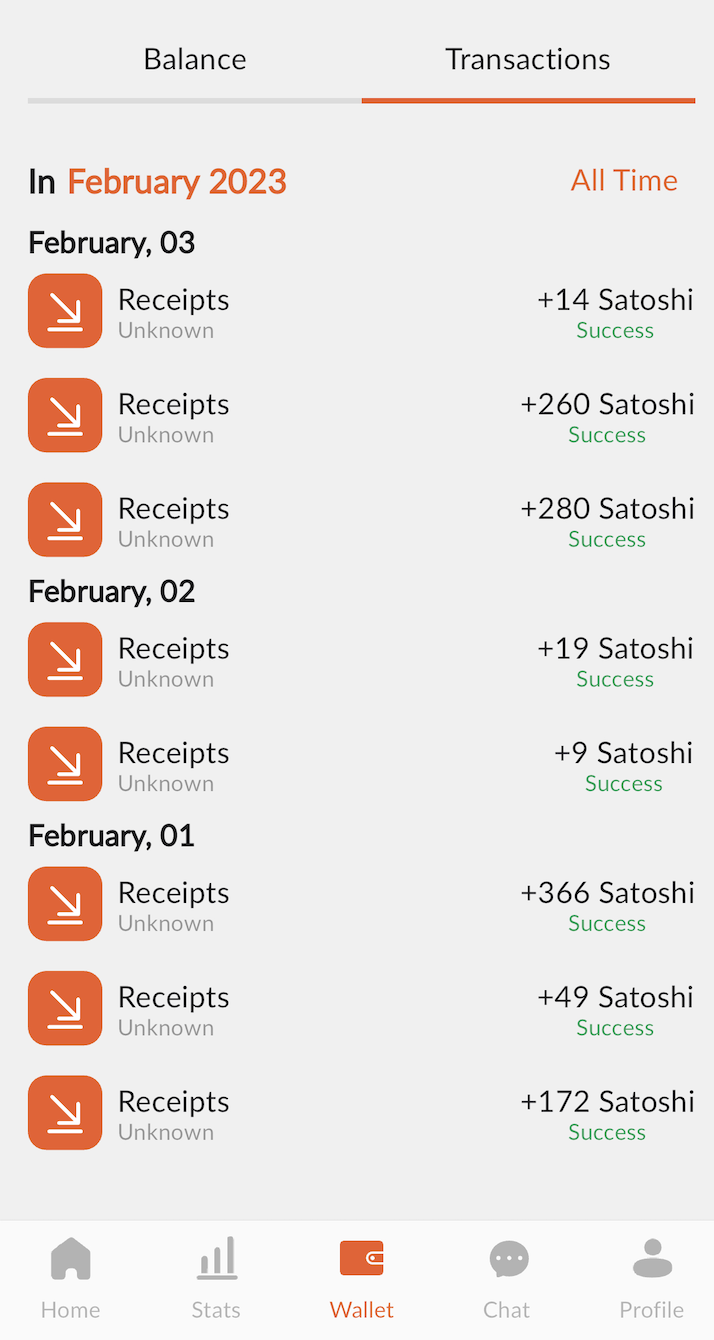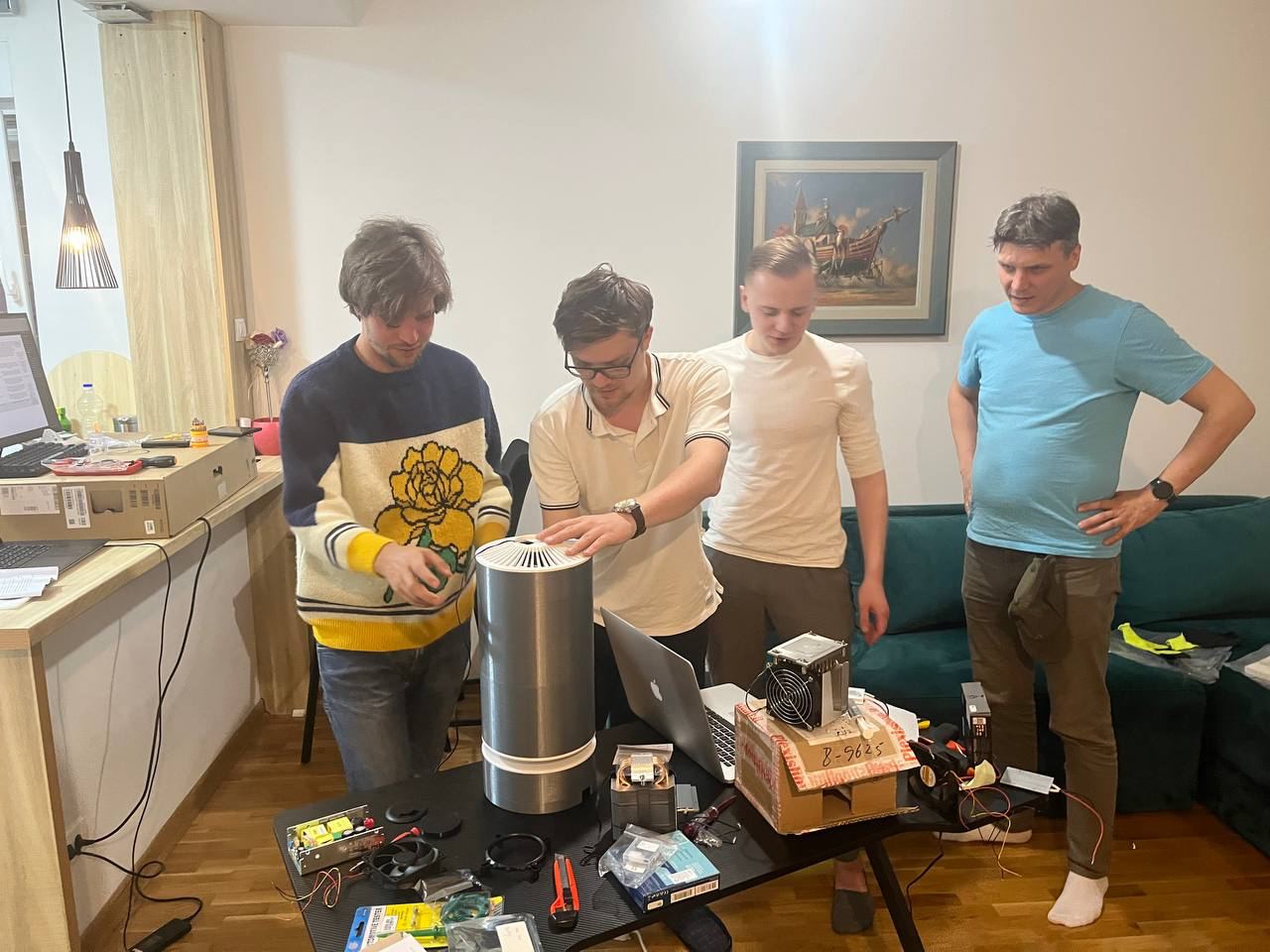Bitcoin (BTC) miners emit a lot of heat.
Some miners use that heat to warm swimming pools, dehydrate meat to make beef jerky or even dry out timber at a Swedish hydropower Bitcoin farm. In Ireland, the “Bitcoin Farmer” joked that he hangs out laundry to dry in front of his Bitcoin miner.
S9 #bitcoin beef jerky pic.twitter.com/Fyc3lz98kQ
— ₿usiness Cat (@_business_cat) August 12, 2022
Miner heat is not new to the Bitcoin industry. In the early days of Bitcoin, enthusiasts would mine the cryptocurrency with their everyday computers, leading to overheating and stories of uncomfortably warm environments.
Bitcoin mining has changed since the early days. With the markedly increased difficulty of solving hash computations on the Bitcoin blockchain, miners have ditched ubiquitous graphics processing units for more powerful application specific integrated circuits, or ASICS. However, heating and cooling still remain an issue.
In a nod to the future of capturing waste heat, Satoshi Nakamoto shared a message showing precognition:
“The heat from your computer is not wasted if you need to heat your home.”
So why not take advantage of that heat and use it for productive resources? That’s exactly what I wanted to experiment with at my home near Lisbon, Portugal, this winter.
Do-it-yourself solutions that utilize Bitcoin miner “waste” heat in the home are increasingly popular. However, it can be tricky. The #mine4heat hashtag on Twitter boasts Bitcoin hobbyists who can rewire and soundproof Bitcoin miners — without electrocuting themselves.
One savvy miner heats their mobile home, an airstream, while others have found ingenious ways to mine Bitcoin and keep their homes toasty:
Proud DIY basement miner dude that exhausts his heat with trash bags taped end to end when I dont need it:) pic.twitter.com/S1XTz3T08p
— Barc (@Barcinthedark) April 21, 2023
However, for the “average Joe,” like me, it seems daunting. I’m a technologically stunted Bitcoin enthusiast who took years to run a node. So while the idea is appealing, I feared I might burn the house down.
There are several heater-cum-Bitcoin mining companies, like Heatbit and BitHeater, which are aware of Bitcoin miners’ ability to make money while heating spaces, but also that there could be pent-up demand for a plug-and-play solution.
Heatbit founder Alex Busarov told Cryptox that while ease of use was appealing, the environmental use case for Bitcoin miner heat drove the mission: “We want to make mining truly green,” he said.
Busarov said, “The claims that ‘xx%’ of energy used for mining comes from renewable energy’ are misleading. While the number might sound impressive, it ignores the fact that this renewable energy would have been added to the grid if not used for industrial mining.”
“Bitcoin mining is only genuinely green when combined with heating; this way, no extra energy is consumed by mining.”
Busarov referred to the statistics and claims published by Bitcoin mining advocates, including that Bitcoin is the greenest industry and that Bitcoin mining incentivizes renewable energy buildout. Nonetheless, Bitcoin miners take a lot of heat even when using waste heat for productive purposes.
Magazine: Bitcoin 2023 in Miami comes to grips with ‘shitcoins on Bitcoin’
Personally, I was more focused on the power draw of the Heatbit Bitcoin miners. If it consumes less electricity than my standard electric heaters, it would be a no-brainer for use over the winter — so I got my hands on one and put it to the test.
The result: for four months, I heated my small flat in Portugal with a Heatbit.
Set up
The package arrived in mid-November during an unseasonably hot spell. I lugged it upstairs, unboxed it and scanned the instructions. It seemed too good to be true. The instructions are idiot-proof.
I connected the Heatbit to power, downloaded the Heatbit app, and it quickly found the Heatbit device and synchronized. I selected the hot setting and soon felt a warm stream of air coming from the vent at the top. I pushed my ear to it and was surprised at how quiet it was.
Bitcoin miners are very, very loud when turned up full blast. Some residents of a Norweigan town have even made noise complaints about a nearby industrial-scale Bitcoin mine, but my fridge is much louder than the Heatbit.
I waited until I had mined one satoshi — less than a penny — which took about 15 minutes. By that point, the balcony enclosure of my flat was uncomfortably warm, so I turned it off.
Over the next few months, I turned the heater on and off, moving it around the flat on its two rear wheels.
Can you make money with it?
Technically yes — but not really. I raked in 30,000 satoshis during winter, which is just over $10.
The miner was whirring away for a couple of hours most evenings and in the mornings I was at home. Sadly, I wasn’t in Portugal a great deal, with trips to Senegal, Poland and Cape Verde during the winter. Had I been home, I would have netted another roughly 50,000 sats of “heat.”

Moreover, my electricity bill was marginally lower than the previous winter, which is a minor success in light of double-digit inflation in Portugal.
However, that misses the point. The Hearbit is a heater first and a Bitcoin miner second. The heat is smoother than my regular heater and requires zero maintenance (so far). Plus, as Busarov points out:
“We want to decentralize mining. It’s unlikely that Satoshi envisioned mining to be centralized in large farms. The ideal approach is ‘everyone contributing a bit.’”
The Heatbit contributes to the Nicehash mining pool. Some critics claim that mining pools lead to mining centralization — something the Bitcoin community is attempting to overcome with upcoming Stratum V2 upgrades to the mining algorithm. Nonetheless, there have been other unexpected consequences to running a Bitcoin miner.
Living with a Bitcoin miner
In Portugal, central heating is rare. Most homes I’ve stayed in use oil heaters or electric heaters. The Heatbit quickly replaced my electric heater, which was more expensive due to its higher power draw. The miner is also quieter, and the heat emitted is consistent and less punchy. However, it’s also 10 times the price of my electric heater.
Interestingly, the Heatbit’s size and stature raise eyebrows and questions like, “What’s that?” among friends visiting my flat. Guests were surprised to learn that the white box was mining Bitcoin, as invariably, they thought that Bitcoin mining took place in giant data centers. I showed them how much I’d earned on my phone, and, in a way, the heater is an orange pilling aid.
As Busarov explains, the point of the Heatbit “is to expand the Bitcoin community.” “There are far more people using electric heaters than miners,” he said. Tools like easy-to-use at-home Bitcoin heater miners are another step toward greater adoption.
The downsides are the price tag and the size. The unit is large, heavy and costs over $1,000 brand-new. Given that in Portugal, I use a heater for four to five months a year, the Heatbit becomes a large paperweight from April to October.
Ultimately, it would take a few years to pay off at current price levels in a warm country like Portugal. Naturally, if the Bitcoin price were in the six figures, it would be a different story.
Moreover, on Reddit and YouTube reviews, some users have reported problems with use and concerns about customer service.
Plus, the mainstream and plug-and-play nature of the Heatbit is contrary to the ethos of the DIY Bitcoin miners, who see the company as making a profit on something a person could do themselves. And fundamentally, Bitcoin was first propagated by hobbyists, so it’s understandable.

To Heatbit’s credit, it listened. The company is introducing a smaller heater, the “Heatbit Mini,” from $299, in time for the next European winter. Busarov explains:
“We also added air purifying functionality, making the device usable all year round. And, as the name suggests, the [Heatbit] Mini is smaller in size — less than 50 cm tall — making it convenient to place in any room.”
The Heatbit Mini consumes 300 watts for mining and air purification, boostable to 1,300 watts of heat in the wintertime. The 300-watt setting still contributes the full 10 terrahashes per second, while the original Heatbit hash rate drops off as it dials down.
Recent: Bitcoin ETF race begins: Has institutional trust returned to crypto?
That should mean you can run it all year round as an air purifier and a heater. Naturally, I’ve signed up for one.
This article is for general information purposes and is not intended to be and should not be taken as legal or investment advice. The views, thoughts, and opinions expressed here are the author’s alone and do not necessarily reflect or represent the views and opinions of Cryptox.




